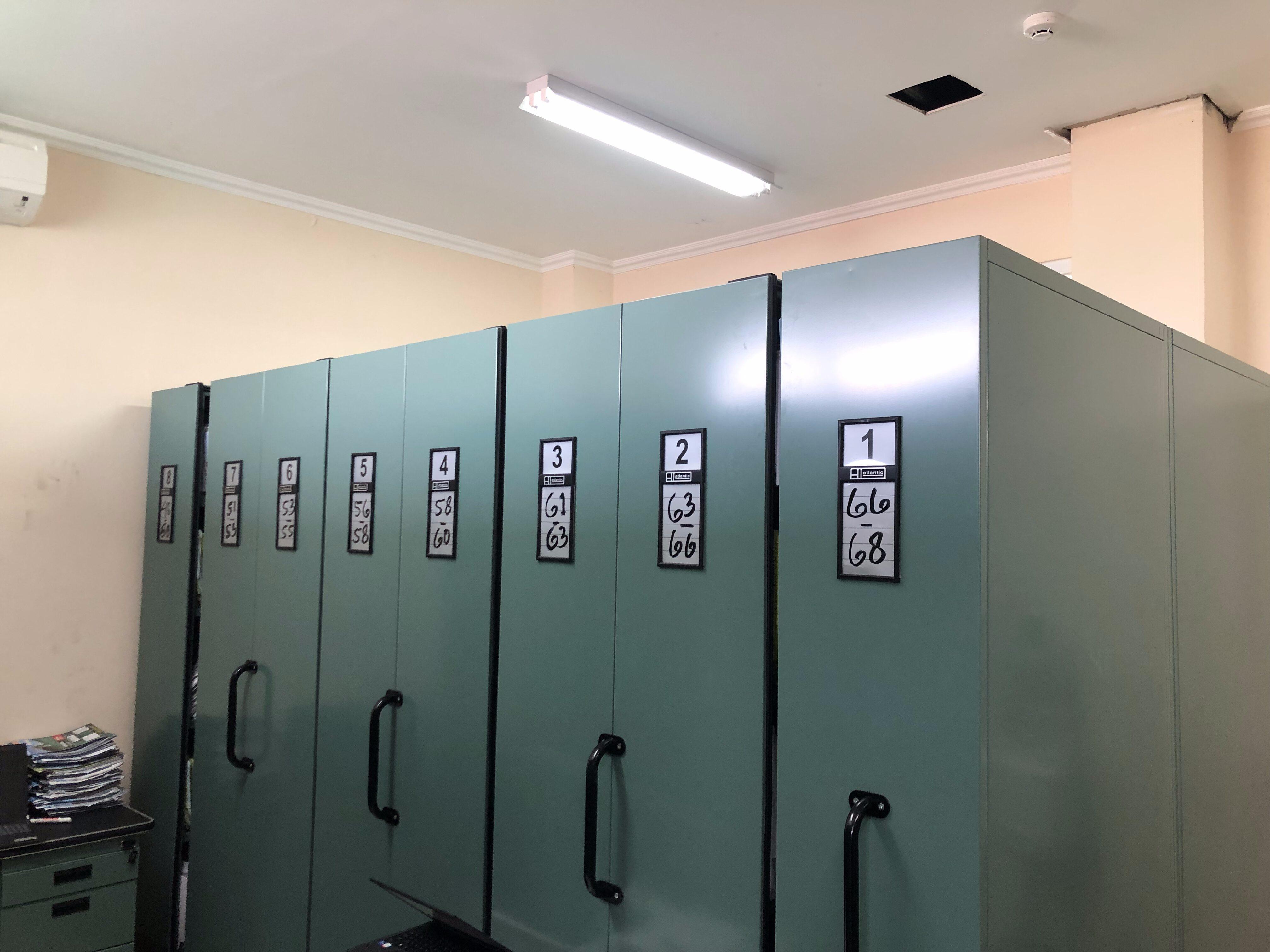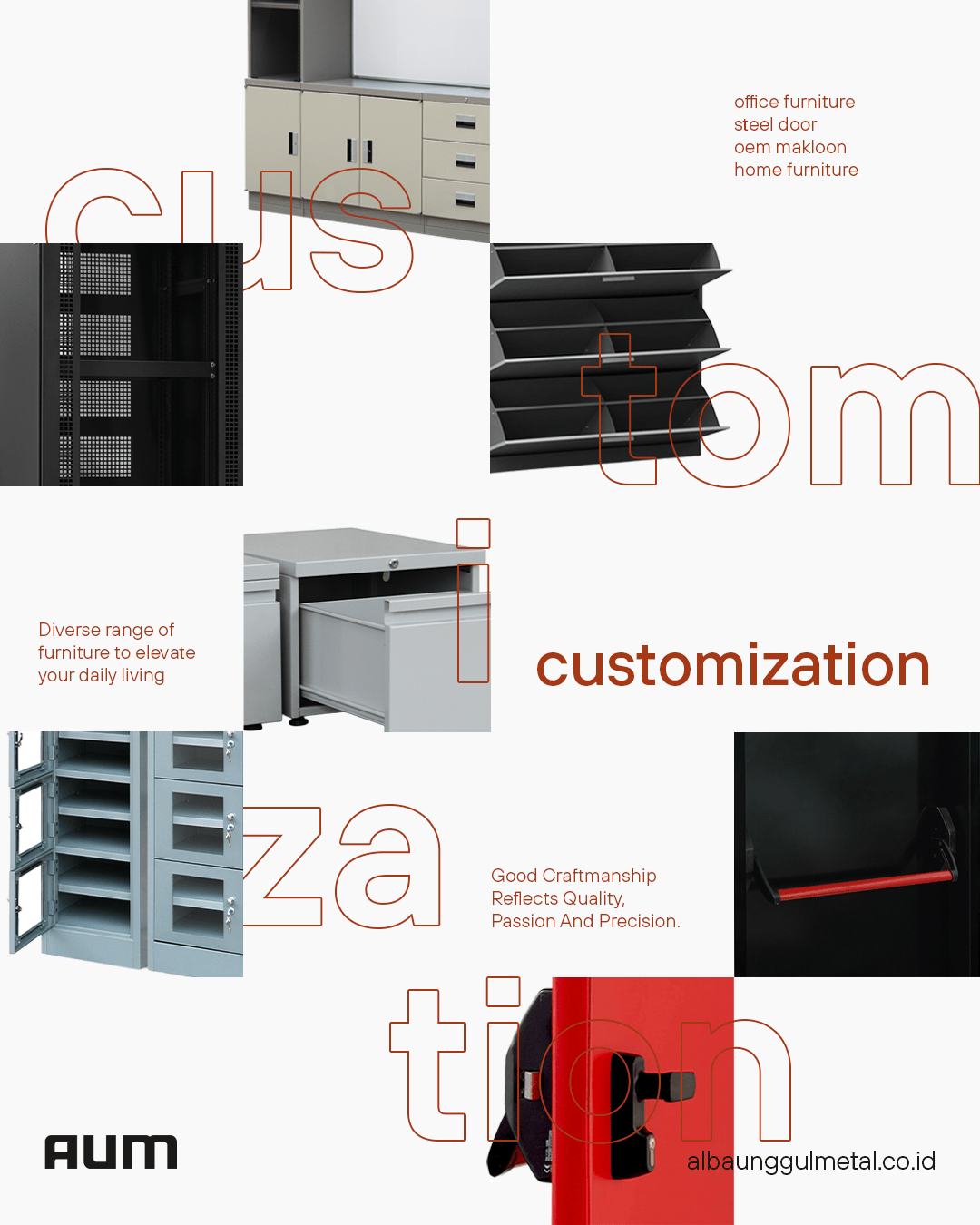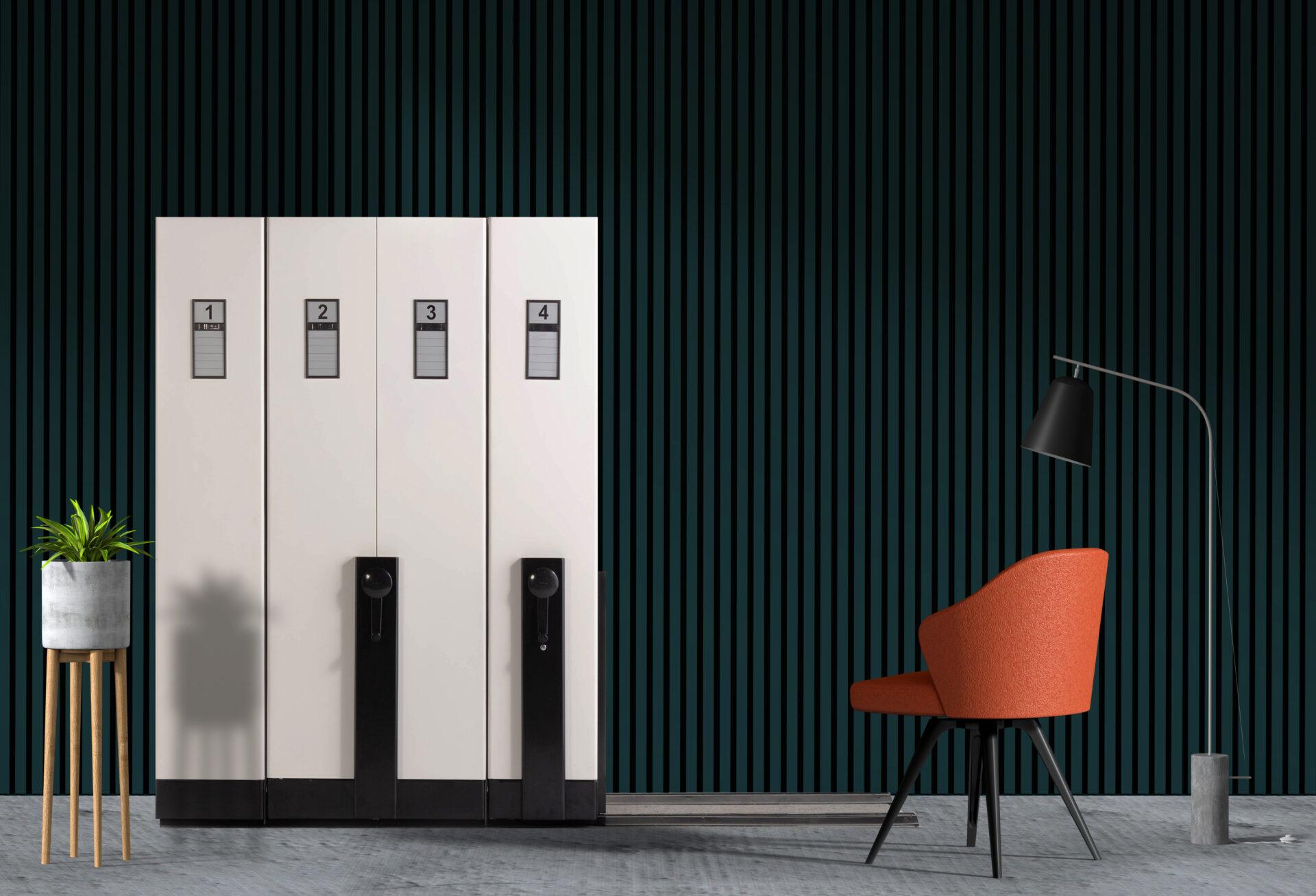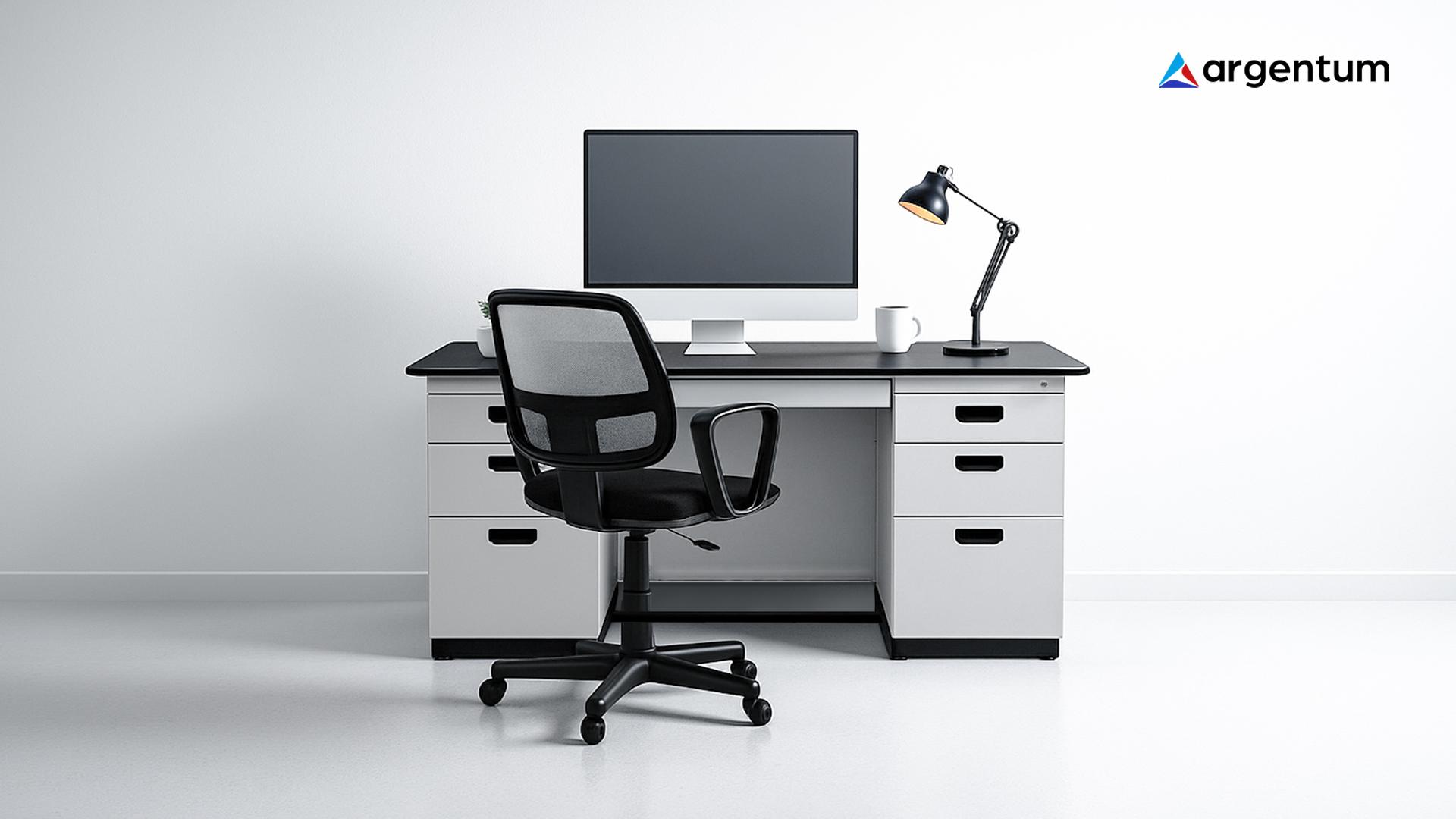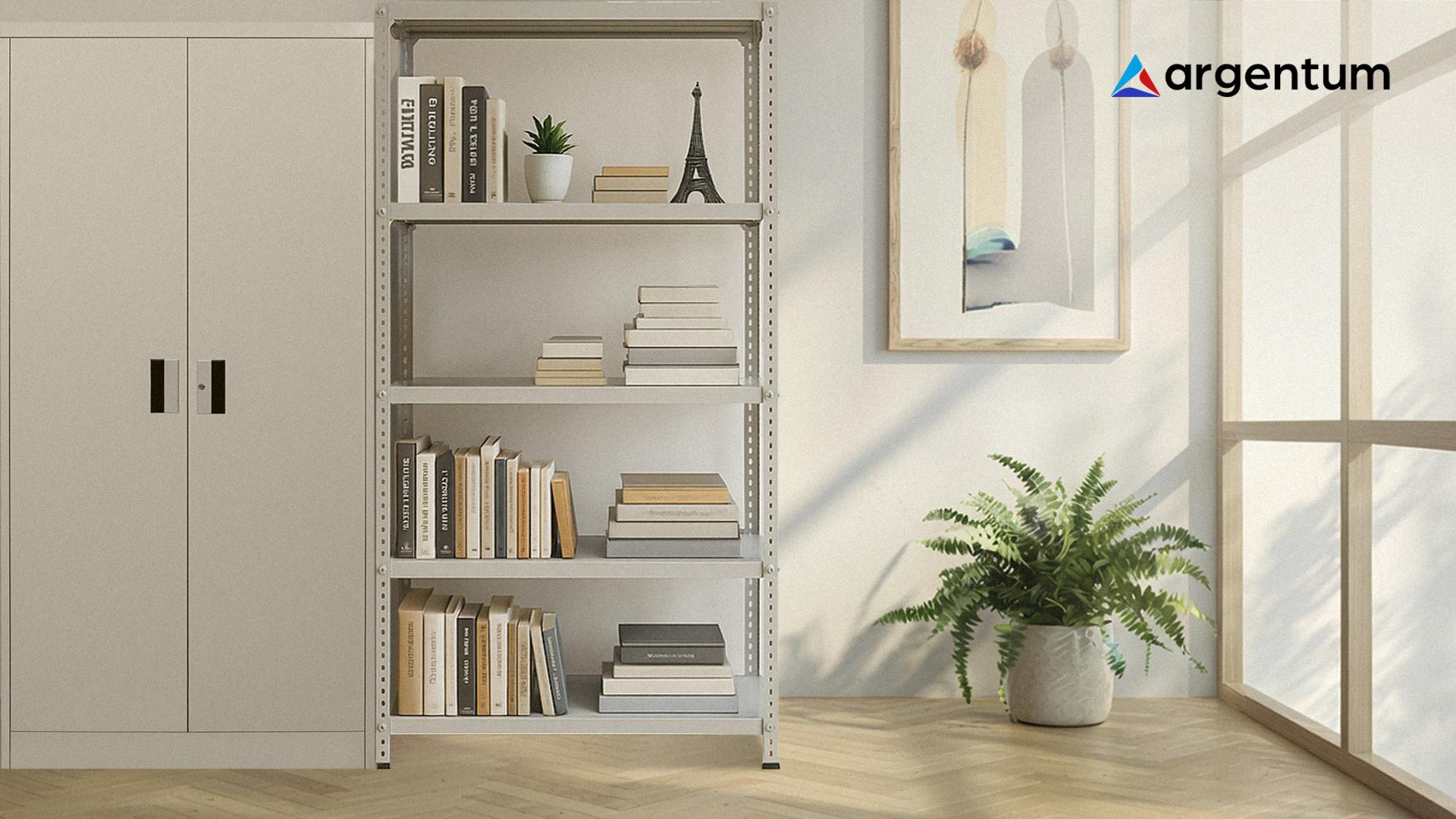How to Sort Documents Quickly and Efficiently
In today’s fast-paced flow of information, documents have become one of the most valuable assets for both individuals and businesses. Documents can come in physical forms such as paper archives, receipts, or contracts, as well as digital formats like PDF, Excel, or Word files. The problem is, without a proper management system, documents can pile up and become difficult to locate when needed. This is why sort documents quickly and efficiently is an essential skill to boost productivity.
Common Challenges in Sorting Documents
Before discussing effective methods, it’s important to understand the common challenges often faced:
- Large document volumes – at home or in the office, documents tend to increase daily.
- Lack of a proper storage system – without folders, labels, or filing cabinets, documents easily get mixed up.
- Procrastination – documents are often just stacked up instead of being sorted immediately.
- Filing errors – documents placed in the wrong location become difficult to retrieve later.
These challenges are common, but they can be resolved with structured steps.
How to Sort Documents Quickly and Efficiently
Here are some practical methods you can apply to make document sorting easier:
- Use Categorization Method
Separate documents into main categories, such as finance, administration, contracts, personal, and operations. This way, every document has its own “home.” - Apply the 5-Minute Rule
Each time you receive a new document, decide within five minutes whether to store, process, or discard it. This prevents clutter from building up. - Create a Clear Labeling System
Use color-coded labels or specific codes to simplify searches. For example, blue for finance, green for administration, and red for contracts. - Digitize Important Documents
For efficiency, scan frequently used physical documents into digital formats. Digital files are easier to search using your computer’s search function. - Set a Routine Schedule
Dedicate at least 30 minutes weekly to review and re-sort documents. This helps maintain consistency and order.
Additional Tips for Better Organization
- Use document management apps such as Google Drive, Dropbox, or office archiving software.
- Store physical documents in transparent folders or file boxes to avoid mixing.
- Keep important documents in a dry place and consider fire-resistant cabinets for extra security.
- Create a document inventory list with storage locations for quick retrieval.
Benefits of Sorting Documents Properly
A well-organized filing system brings several direct benefits:
- Save time – no more wasting hours searching for documents.
- Boost productivity – smoother workflows thanks to quick information access.
- Reduce stress – a tidy space creates a calmer mind.
- Improve security – important documents are safe from loss or damage.
- Enhance professionalism – for businesses, neat archives reflect good governance.
The Role of Filing Cabinets and Storage Equipment
While digital methods are efficient, physical storage is still necessary—especially for legal documents that must remain in their original form. This is where filing cabinets, document racks, and storage lockers play a crucial role. Products such as metal filing cabinets, lockers, and mobile files from Alba Unggul Metal (AUM) offer practical solutions, as they are durable, strong, and capable of holding large volumes of documents.
Conclusion
Sorting documents quickly and efficiently is not just about neatness—it’s about improving work efficiency, data security, and overall comfort. With the right system, whether digital or physical, documents will always be easy to find when needed.
If you’re looking for sturdy, practical, and long-lasting document storage solutions, visit Alba Living to explore a wide range of filing cabinets and quality furniture that support your archiving needs.

